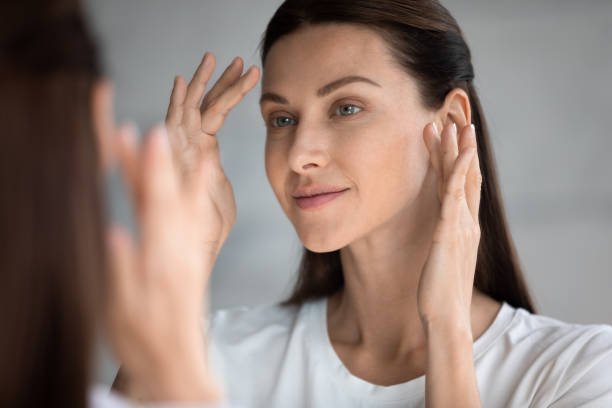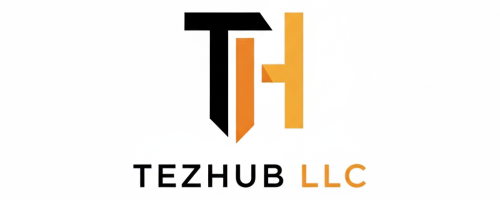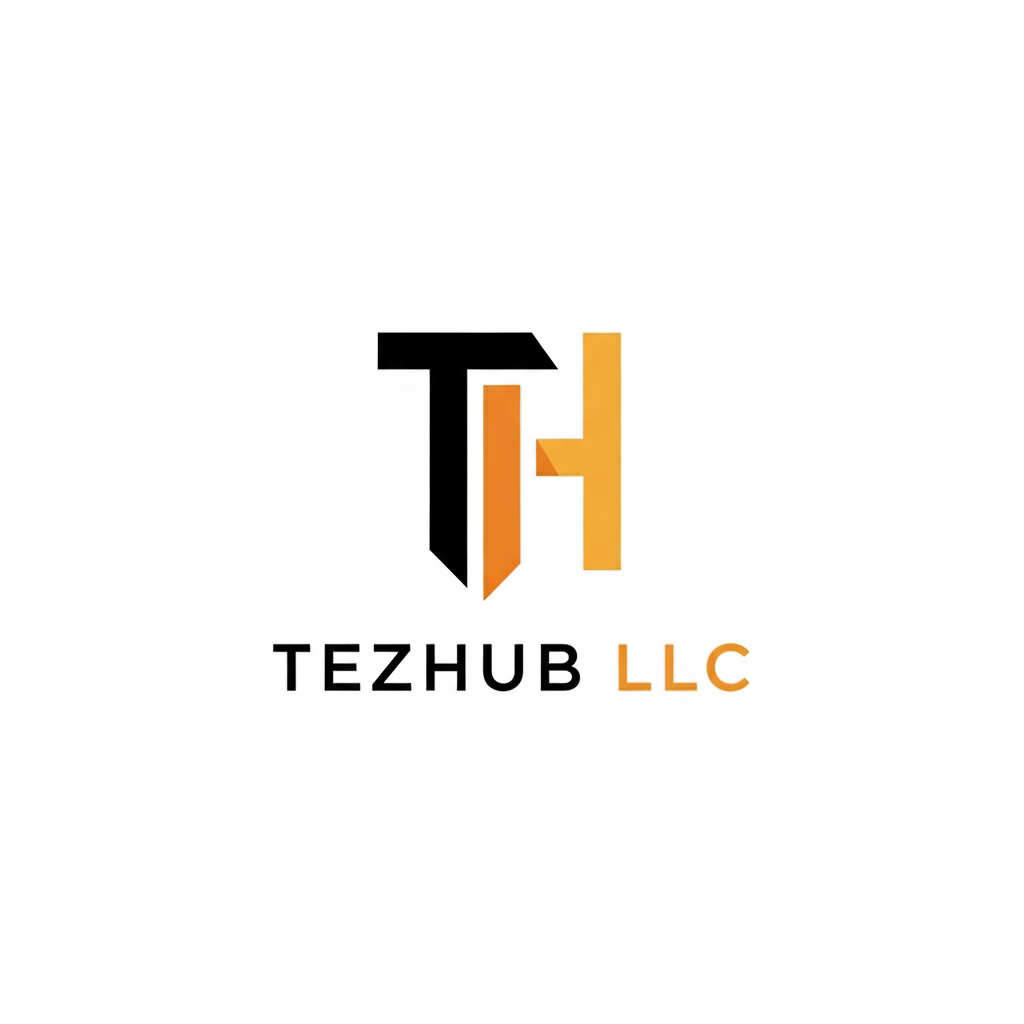Best Serums in Pakistan Challenging skincare can be daunting, especially when it comes to selecting the right serums. In Pakistan, the quest for effective serums is fraught with challenges, from limited availability to misinformation. This article delves into the various factors that complicate the search for the best serums in Pakistan, providing insights and guidance for skincare enthusiasts.
1. The Overwhelming Variety of Options
1.1. Diverse Product Range
The skincare market in Pakistan is flooded with an array of serums from both local and international brands. With countless formulations targeting different skin concerns, such as acne, hyperpigmentation, and aging, it can be overwhelming for consumers to identify which products truly deliver results.
1.2. Lack of Standardization
The absence of standardized regulations in the cosmetic industry means that product quality can vary significantly. This inconsistency makes it hard for consumers to trust that a serum will perform as advertised.
2. Misleading Marketing and Claims
2.1. Understanding Ingredients
Many serums boast impressive claims but fail to deliver due to misleading marketing. Consumers often encounter terms like “miracle” or “instant results,” which can lead to unrealistic expectations. A lack of understanding of ingredients can result in poor choices, making it crucial to research what works for individual skin types.
2.2. Celebrity Endorsements
Celebrity endorsements can skew perceptions of a product’s effectiveness. While a serum may be popular due to a celebrity’s promotion, it doesn’t guarantee that it will work for everyone.
3. Cultural Perceptions and Preferences
3.1. Traditional vs. Modern Skincare
In Pakistan, traditional skincare practices often clash with modern approaches. Many consumers still prefer natural remedies, making it challenging for scientifically formulated serums to gain traction. This cultural divide can limit exposure to potentially effective products.
3.2. Skin Tone and Type Considerations
Pakistan’s diverse population means that skin types and tones vary widely. A serum that works for one demographic may not be suitable for another. This factor complicates the selection process, as individuals must consider how well a product suits their unique needs.
4. Accessibility and Availability
4.1. Limited Retail Options
In many regions of Pakistan, access to high-quality skincare products is limited. While urban centers may have specialty stores, rural areas often lack the same access, forcing consumers to rely on online shopping or local markets, where quality assurance is questionable.
4.2. Online Shopping Challenges
While online shopping has opened up access to a wider range of products, it also comes with risks. The inability to physically test products before purchasing can lead to mismatched expectations and disappointment. Furthermore, the prevalence of counterfeit products online poses a significant risk to consumers.
5. The Importance of Research and Education
5.1. Consumer Awareness
With so many options available, consumer awareness becomes paramount. Understanding what to look for in a serum—such as ingredient efficacy, formulation stability, and brand reputation—can help consumers make informed decisions.
5.2. Seeking Professional Advice
Consulting dermatologists or skincare professionals can provide valuable insights. They can help identify the best products based on individual skin concerns, leading to more effective choices.
6. Price vs. Quality
6.1. Budget Constraints
The price of serums can vary widely, and while some high-end products promise exceptional results, they may not be accessible to everyone. Balancing budget constraints with quality can be a challenging endeavor for many consumers.
6.2. Understanding Value
It’s essential to recognize that higher price tags do not always equate to better results. Educating oneself about ingredient efficacy and the science behind formulations can help consumers find good-quality serums at more affordable prices.
7. Skin Sensitivity and Reactions

7.1. Patch Testing
Skin sensitivity can pose a significant challenge when trying new serums. Products containing potent active ingredients can lead to irritation or allergic reactions, making it essential to perform patch tests before full application.
7.2. Personalized Solutions
Recognizing that skincare is not one-size-fits-all is crucial. Finding the right serum may require trial and error, and personalized solutions can be more effective than blindly following trends or recommendations.
8. The Role of Social Media
8.1. Influence of Beauty Bloggers
Social media has transformed the beauty landscape, with influencers and beauty bloggers often dictating trends. While their recommendations can be helpful, they can also lead to fads that do not align with individual needs.
8.2. The Power of Reviews
Online reviews can provide valuable insights into product effectiveness. However, it’s important to consider the source and authenticity of these reviews, as some may be sponsored or biased.
9. Building a Personalized Skincare Routine
9.1. Identifying Skin Concerns
The first step in building a skincare routine is identifying specific skin concerns. Whether it’s dryness, dullness, or signs of aging, understanding these issues will help in selecting the right serum.
9.2. Layering Products Effectively
Once a suitable serum is chosen, layering it correctly with other products—like moisturizers and sunscreens—can enhance its efficacy. Understanding how different products interact can optimize results.
Conclusion
Navigating the landscape of skincare serums in Pakistan is undoubtedly challenging, but with the right knowledge and resources, consumers can make informed choices. By understanding the complexities of the market, being aware of personal skin needs, and seeking professional guidance, individuals can find serums that truly work for them. With patience and research, the journey to healthy, radiant skin can become a rewarding experience.

